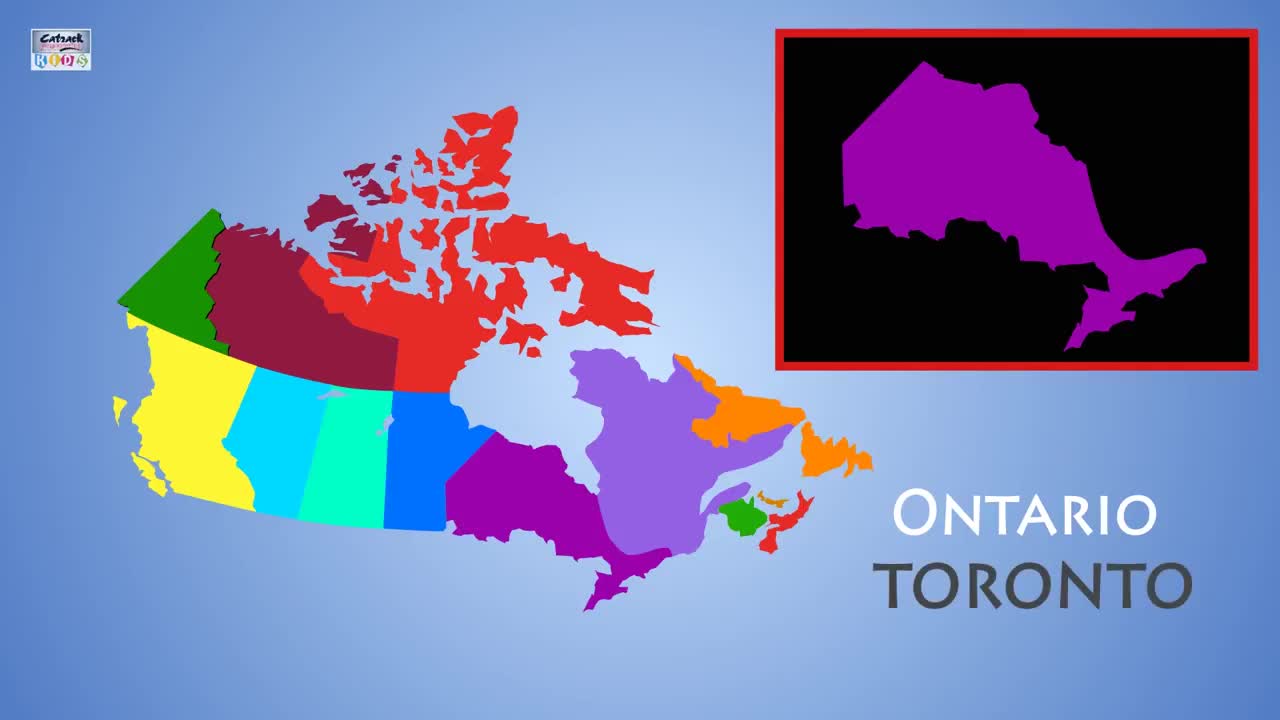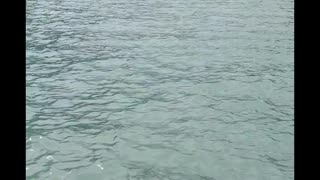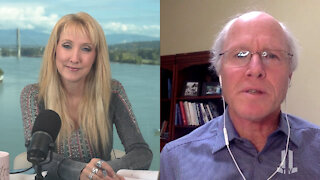Premium Only Content

Learn Canada Provinces And Capitals
Learn Canada Provinces And Capitals
There are 10 Canadian provinces, with three territories to the north. The provinces are, in alphabetical order: Alberta, British Columbia, Manitoba, New Brunswick, Newfoundland and Labrador, Nova Scotia, Ontario, Prince Edward Island, Quebec, and Saskatchewan. The three territories are Northwest Territories, Nunavut, and Yukon. The difference between a province and a territory has to do with its governance. Basically, the territories have delegated powers under the authority of the Parliament of Canada; they are grouped together and ruled by the federal government. The provinces, on the other hand, exercise constitutional powers in their own right. This imbalance of power is gradually being rectified, with local decision-making powers being granted to the territories.
Alberta- Alberta is one of Canada's three prairie provinces. It shares the Canadian Rocky Mountain range with its western B.C. neighbor and is therefore famous as a ski and hiking destination. Alberta is the primary supply and service hub for Canada's crude oil industry, Athabasca oil sands, and other northern resource industries.
Saskatchewan- Saskatchewan is the middle prairie province, landlocked between the other two, Alberta and Manitoba. The majority of Saskatchewan's population lives in the southern half of the province, especially in Saskatoon and Regina. The province's major industry is agriculture, followed by mining, oil, and natural gas production.
Manitoba- ©Manitoba is the most easterly prairie province and longitudinal center of Canada. Like Saskatchewan, a majority of the population lives in the southern region. Manitoba's north comprises Canadian Shield rock and arctic tundra and is largely uninhabited.
Ontario - Ontario is Canada's most populous province, by a long shot, comprising 40 percent of the country's total population. It is also home to the federal capital of Ottawa and the unofficial financial capital of Toronto.
Quebec- Quebec is the second most populous Canadian province and known primarily for its French-speaking population, culture, and heritage.
New Brunswick- New Brunswick is one of Canada's three Maritime provinces, which form a tiny water-bound cluster on the east coast, just below Quebec and bordering the state of Maine in the U.S.
Nova Scotia- Although the second smallest province, Nova Scotia is the second-most densely populated in the country. It is one of the three Maritime provinces and part of what forms Atlantic Canada.
Prince Edward Island- The last of the three Maritime provinces, Prince Edward Island is actually made up of several islands (232 to be exact, including the main island), the largest having the same name.
Newfoundland and Labrador- The most easterly province in Canada, Newfoundland, and Labrador sits on the Atlantic and is made up of the island of Newfoundland and the mainland Labrador (hence the name).
Yukon- The smallest of the three territories, Yukon (also known as "the Yukon") is the most westerly territory, bordering Alaska. The capital is Whitehorse, which is in the southern part of the territory and Yukon's only city. The portion of the Arctic coast has a tundra climate.
Northwest Territories- Northwest Territories is the most populous of the three and borders the other two territories in—as you would expect—the northwest part of the country.
Nunavut- Nunavut is the largest and most northern territory of Canada. It is the newest territory as well, having been separated from Northwest Territories in 1999. One of the world's most remote locations, it has the second smallest population in Canada.
Catrack Kids TV Channel is an online fun learning educational and entertainment platform, which specializes in graphic videos and songs for children and Beginners.
Like the video? Do subscribe our channel for more fun learning videos:
https://www.youtube.com/channel/UCMXD...
-
 0:15
0:15
Shymol
4 years agoLake Louise Canada
1412 -
 0:27
0:27
Ayman1989
4 years ago $0.03 earnedLearn makeup
282 -
 0:15
0:15
Meg25
5 years ago $0.02 earnedFireworks Canada day
226 -
 1:04:49
1:04:49
Laura-Lynn Tyler Thompson
4 years agoVaccine Choice Canada
1.54K7 -
 1:06
1:06
Meg25
5 years agoCelebrating Canada Day
1402 -
 0:13
0:13
Drea691
5 years agoCanada day fireworks
131 -
 2:47
2:47
bengarno
5 years agoN.P.P.A.P. - Canada
192 -
 0:47
0:47
Ayman1989
4 years ago $0.01 earnedLearn makeup easily
165 -
 1:11
1:11
justgo2
5 years ago $0.01 earnedCanada day song
115 -
 0:14
0:14
youneschannel2020
5 years ago $0.01 earnedBrewster Travel Canada
111